Red light therapy (RLT) has surged in popularity as a non-invasive treatment promising a range of benefits, from skin rejuvenation to muscle recovery. But with its rise, a key question emerges: can you overdo it?
What Is Red Light Therapy?
Red light therapy is a treatment that may help skin, muscle tissue, and other parts of your body heal. It uses low levels of red light to target your skin and cells. It is thought to work by increasing the production of mitochondria, your cells' energy sources. This may improve cell function and repair. Red light therapy is also sometimes called low-level laser therapy, low-power laser therapy, low-power laser, or photobiomodulation. In red light therapy, you expose your skin to a lamp, device, or laser with a red light. It uses an LED (light-emitting diode) that emits the correct spectrum of light. Portable Red LED light travels deeper into the skin than blue LED light, which is sometimes used to treat skin surface conditions such as acne.
Red light therapy (RLT) is a therapeutic technique that uses low level wavelengths of red light to help treat skin conditions, such as wrinkles and psoriasis. Though the treatment seems promising, more research is needed. RLT is commonly referred to as photobiomodulation. It was accidentally discovered by Endre Mester in 1967 at the Semmelweis Medical University in Budapest, Hungary. He noticed that laser light helped promote hair growth and wound healing in rats. In the 1990s, light-emitting diode (LED) technology was used by scientists to help grow potatoes in space. The intense red LEDs helped promote photosynthesis. Supposedly, it also helped wounds on the scientists’ hands heal faster.
The Benefits of Red Light Therapy
Red light therapy is known for its impressive benefits, from boosting skin health to aiding muscle recovery. Research shows red light therapy may smooth your skin and help with wrinkles. Researchers think it does this by stimulating collagen production, which helps improve skin elasticity. Research shows it also helps improve signs of sun damage. A review of multiple studies found that red light therapy can be an effective treatment for androgenic alopecia, a genetic disorder that causes hair loss. Another review of 11 studies found similar promising results. In some studies, hair thickness improved as well as hair growth.
Research has found that red light therapy can be effective for acne treatment. This may have to do with its ability to help reduce inflammation. In addition to helping with active acne lesions, red light lasers may also help treat old acne scars. A 2021 research review found that in all 10 studies included in the review, red light therapy had benefits for people with dementia. In one of the studies, five people with dementia who had regular light therapy on their heads and through their noses for 12 weeks had better memories, slept better, and were angry less often. The review noted that many of these studies were small and lacked controls and that larger trials need to be done before any benefits can be confirmed.
Can You Overdo It?
The straightforward answer is yes, you can overdo red light therapy. However, the good news is that overdoing it usually doesn't lead to serious side effects, particularly when using at-home devices. But just because something is safe doesn't mean more is always better. Think of it this way: while moderate doses of red light therapy can stimulate repair and rejuvenation, excessive exposure may lead to a reduction in those benefits. This is a phenomenon known as the "biphasic dose response." What this means is that low to moderate doses of red light are ideal for stimulating cellular functions like collagen production and tissue repair. However, too much exposure can result in the production of excessive reactive oxygen species (ROS). While ROS play a role in signalling for repair and regeneration, too much can slow down these benefits and even cause mild irritation, such as redness or dryness.
Can you have too much red light therapy?
What happens when you do? You've probably heard the saying, "too much of a good thing", meaning that even if something is generally considered beneficial, it can be harmful or undesirable in excess. So, it’s no surprise that this holds true in many areas of health and wellness. Whether it’s excessive exercise, eating only one type of food, oversleeping, or prolonged sauna sessions, moderation is key. This may hold true for red light therapy too. A review paper published by the world-renowned Wellman Center for Photomedicine states that “a biphasic dose response has been frequently observed where low levels of light have a much better effect on stimulating and repairing tissues than higher levels of light”. This has been found in so many instances across the extensive literature on red light therapy (RLT). It indicates that the positive effects observed at lower doses may not necessarily translate to higher doses. Additionally, there's a point where these benefits level off or decline.
Risks of Overuse
Before you try red light therapy you should understand the possible side effects and risks. There are no set guidelines for how long or strongly red light therapy should be applied, which can lead to variations in treatment. Results can be inconsistent. Red light therapy may cause retinal eye damage. The long-term safety of red light therapy is not known. There have been reports of burns, lesions, and blistering from using RLT units. Some people developed burns. There’s also a potential risk of eye damage.
Overuse effects include redness, swelling, or burns from excess heat exposure. Because red light is not dangerous like UV light, there is no hard-and-fast rule about how much red light therapy is too much, and what counts as overdoing it. Overusing red light therapy won’t damage your skin, but it could have less of a positive effect on your skin if used too often. Using red light therapy too frequently can lead to skin irritation and redness. Studies have shown that some patients using red light therapy may experience redness (erythema) or swelling after a treatment (edema), although these disappeared within 1 hour and 24 hours, respectively. If you’re using red light therapy daily without allowing your skin time between treatments, the irritation may not get a chance to go away and will continue to be irritated.
Expert Opinions on Dosage
In recent dialogue with leading photobiomodulation scientist Dr Michael R Hamblin, his viewpoint was clearly that it is not possible to overdo your red light therapy. In contrast, German scientist, Professor Andrei Sommer, and author of the science paper ‘Red Light and Green Tea – a powerful duo in skin rejuvenation’, has researched and published extensively on the impact of Reactive Oxygen Species [ROS] produced during photobiomodulation and established a theory, which indicates a ‘less is more’ approach is beneficial for optimal results. For the purposes of skin rejuvenation, however, a less is more approach is advisable. Extended exposure to red-NIR light, leads to high levels of ROS, which not only reduces the efficacy of your red LED light device but prolonged exposure will lead to oxidative stress. If not kept in check, oxidative stress leads to protein denaturation and other oxidative stress related cellular damage, and ultimately a kind of cell suicide, called apoptosis.
It’s important to note that there is no consensus on how much red light therapy is necessary for optimal health benefits. Factors such as age, condition being treated, severity of the condition, etc., all come into play when determining how much red light therapy a person should do in order to maximize its benefits without overdoing it. Generally speaking, most people report best results from using it three times a week for 10-15 minutes per session; however some people may need more or less depending on their individual needs. Additionally, many experts recommend starting off with shorter sessions (5 minutes) and gradually working up to more if needed.
Practical Guidelines for Safe Use
Red light therapy is a simple yet powerful tool for improving your skin, muscles, and overall health. However, to get the most out of your sessions, it’s important to follow a few best practices. Here are some tips to help you maximise your results safely and effectively: Before diving into a full red light therapy routine, it’s essential to test your device. This simple step helps you avoid potential skin sensitivities or unexpected reactions. We recommend starting with a small patch of skin, like your forearm, and exposing it to red light for about three minutes. Wait 24 hours to see if there’s any redness or irritation.
The general guideline for red light therapy sessions is 10-20 minutes, but there’s room for flexibility since every body responds differently. That said, sticking to just 5-minute sessions likely won’t yield noticeable results—though if that’s all you have on a busy day, it’s still better than nothing. On the flip side, longer isn’t always better. You might be tempted to extend your sessions or cram a week’s worth into one, but red light therapy doesn’t work that way. Hour-long sessions won’t boost effectiveness beyond the recommended 20 minutes, and if overdoing it leads to skipped sessions, you could actually be reducing your overall results.
Suitable products for you:
- https://bontanny.com/products/bontanny-moving-pro-series-red-therapy-light-device
- https://bontanny.com/products/bontanny-portable-series-red-light-therapy-device
- https://bontanny.com/products/bontanny-remote-control-series-professional-red-light-therapy-device-with-stand
- https://bontanny.com/products/bontanny-table-stand-series-red-light-therapy-ba300
How to Avoid Overdoing It
Here are some good ways you can avoid overdoing low-level laser therapy and hurting your skin health. Some people have more sensitive skin than others, so if you decide to use an at-home device, start slowly so you can gauge your skin’s reaction to the treatment. If you build up slowly, you’ll have a lower risk of overdoing things and hurting your skin right from the start. It might even be a good idea to test the device on your skin for a few minutes and wait 24 hours to ensure that there are no skin issues. Set a timer on your phone every time you undergo treatment. This way, you can make sure that you don’t overdo it and undergo treatment for too long. This is especially helpful as many LED light devices can be used when you’re lying down or relaxing, meaning you could easily fall asleep during your session.
Red light therapy is not an overnight fix, so you’ll need at least one to three months of consistent use to see results. Overdoing sessions can lead to irritation, so understanding the right frequency and timing is key—especially for at-home treatments. Spacing sessions 72 hours apart optimizes skin benefits without irritation. More frequent sessions don’t speed results; consistency and timing are key.
FAQs About Red Light Therapy
1. How often should I use red light therapy?
For most people, 3-5 sessions per week, lasting 10-20 minutes each, is a good starting point. It depends on your goals—skin benefits might need less frequency than muscle recovery. Always start slow and adjust based on how your body responds.
2. What happens if I use red light therapy too much?
Overuse might lead to mild skin irritation, redness, or dryness due to excessive reactive oxygen species (ROS). In rare cases, it could reduce the therapy’s effectiveness. Serious harm is unlikely, especially with at-home devices, but more isn’t always better.
3. Can red light therapy damage my eyes?
Yes, if you stare directly at the light without protection, it could harm your retina. Always wear protective goggles during sessions, especially with powerful devices, and follow the manufacturer’s safety instructions.
4. Is it safe to use red light therapy every day?
Daily use is generally safe for short sessions (10-20 minutes), particularly with low-power at-home devices. However, some experts suggest spacing sessions every other day to avoid diminishing returns or irritation. Listen to your skin and adjust accordingly.
5. How long does it take to see results?
Results vary by individual and condition. Skin improvements like reduced wrinkles or acne might show in 4-6 weeks with consistent use. Muscle recovery or pain relief could be noticeable sooner, within a few sessions. Patience and regularity are key.
Conclusion
Red light therapy offers incredible benefits, from improved skin health and reduced inflammation to faster muscle recovery. However, like any treatment, balance is key. You can overdo red light therapy, so it’s important to find the right frequency and duration for your specific needs. By using FDA-approved devices, being consistent, and following best practices like tracking your progress and starting slow, you can safely optimise your red light therapy experience. Moderation, not excess, unlocks its full potential—so enjoy the glow without going overboard.

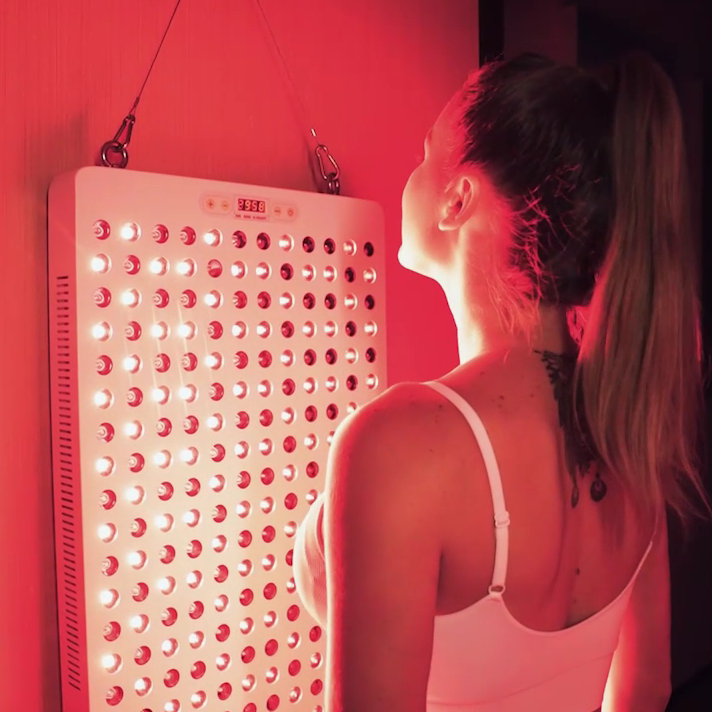
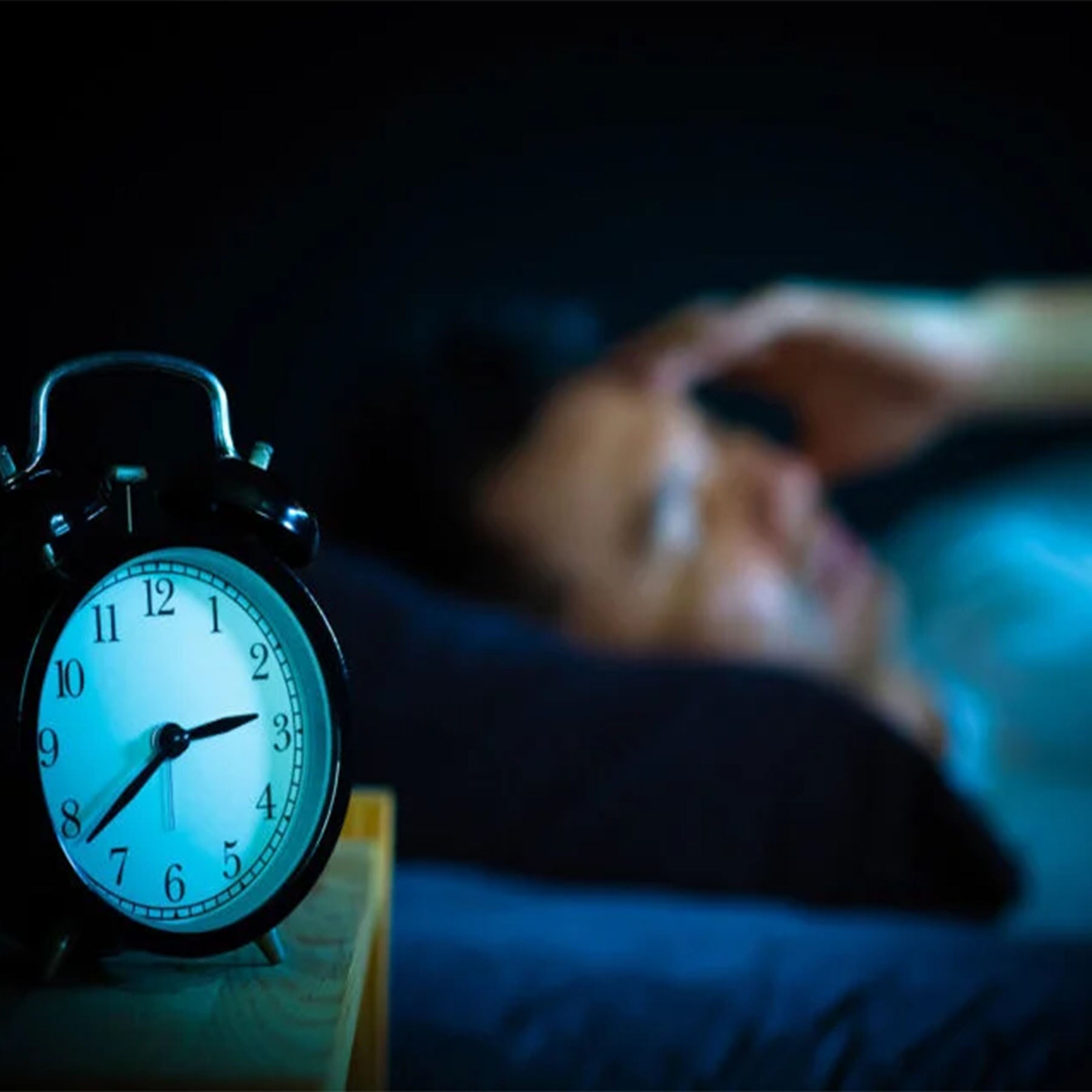
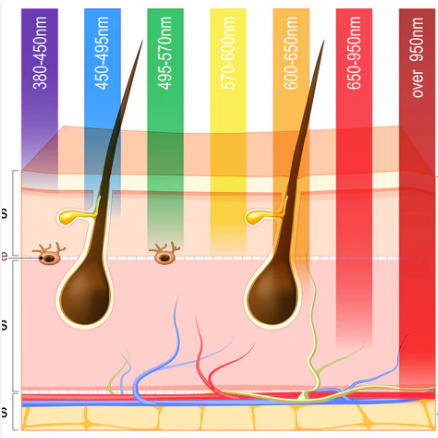
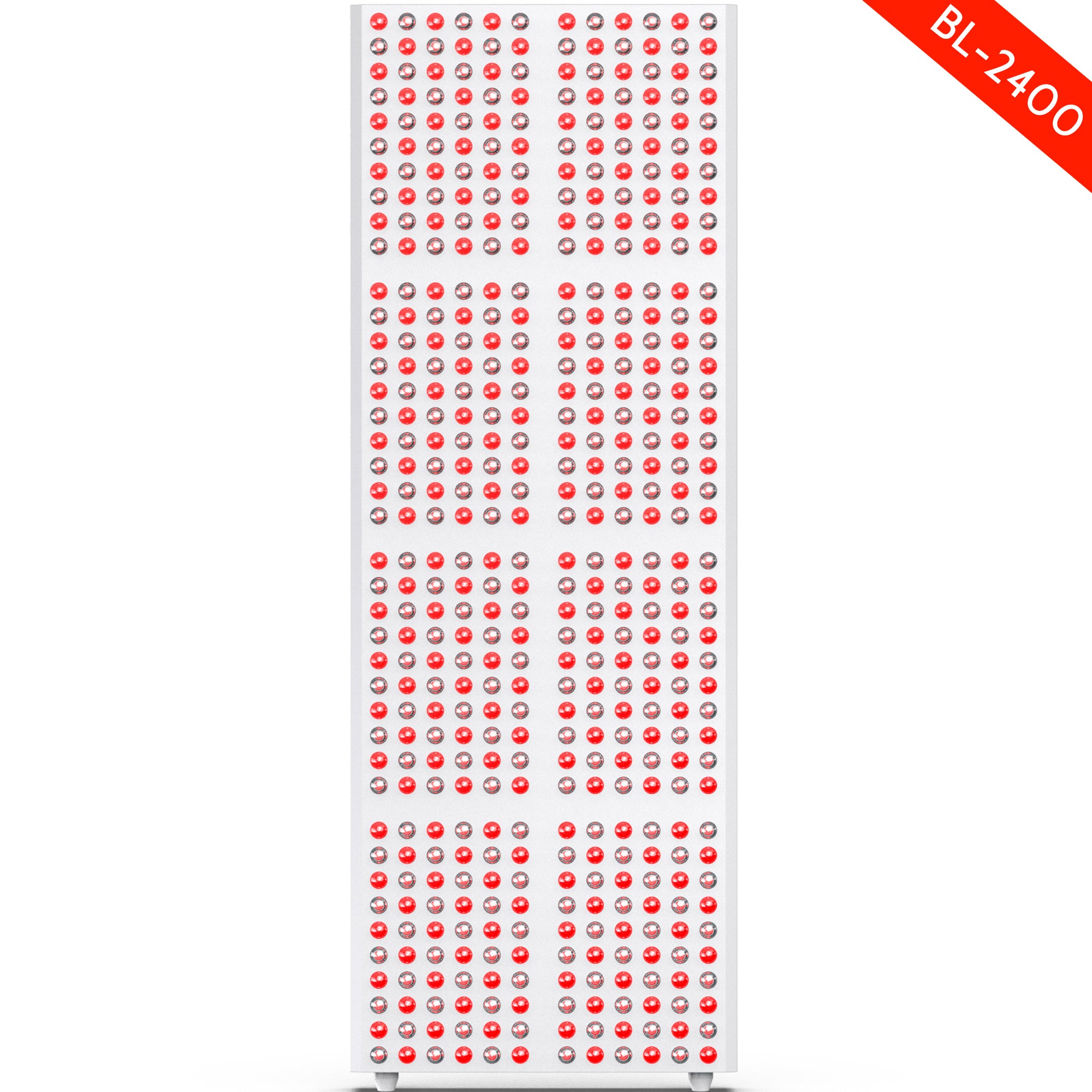
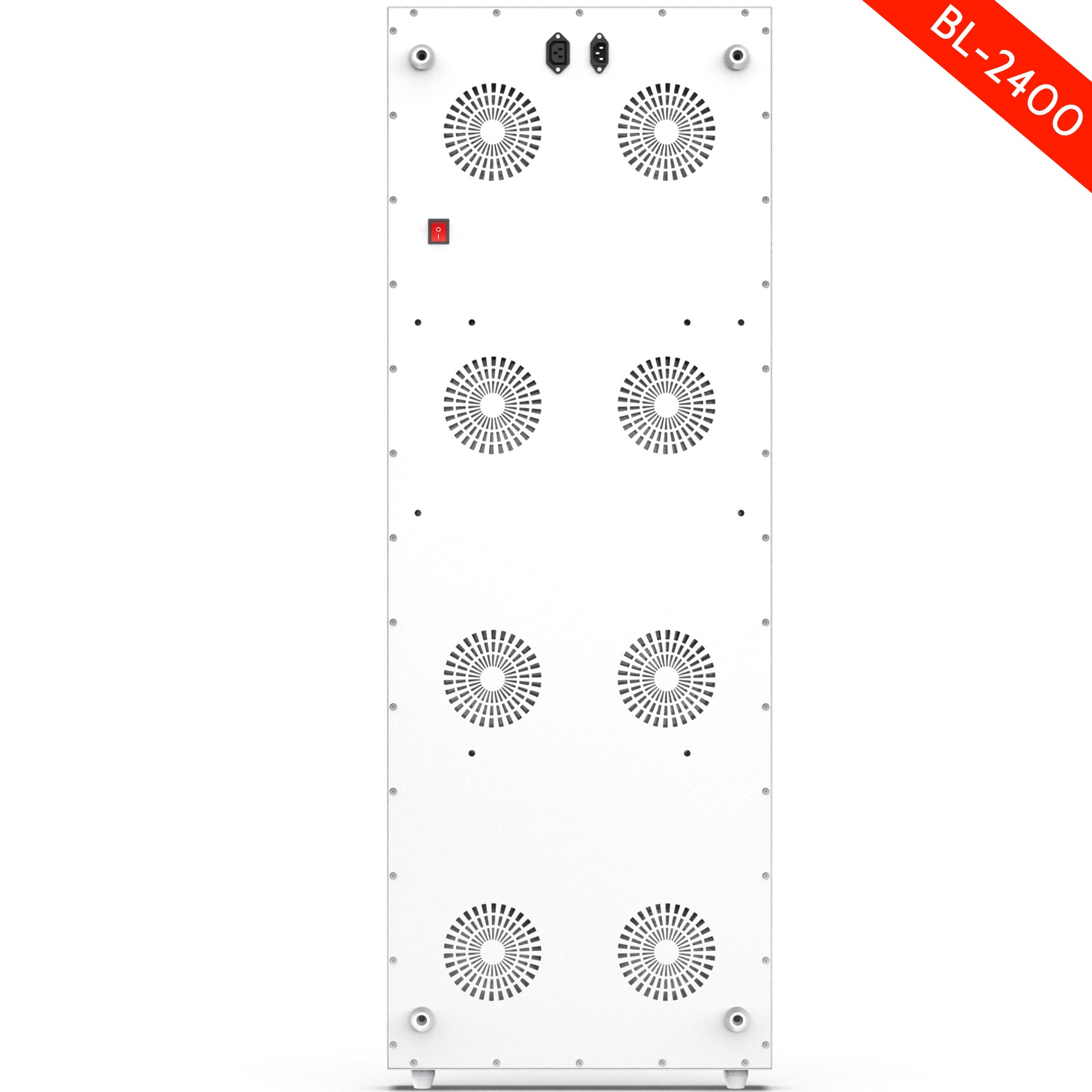
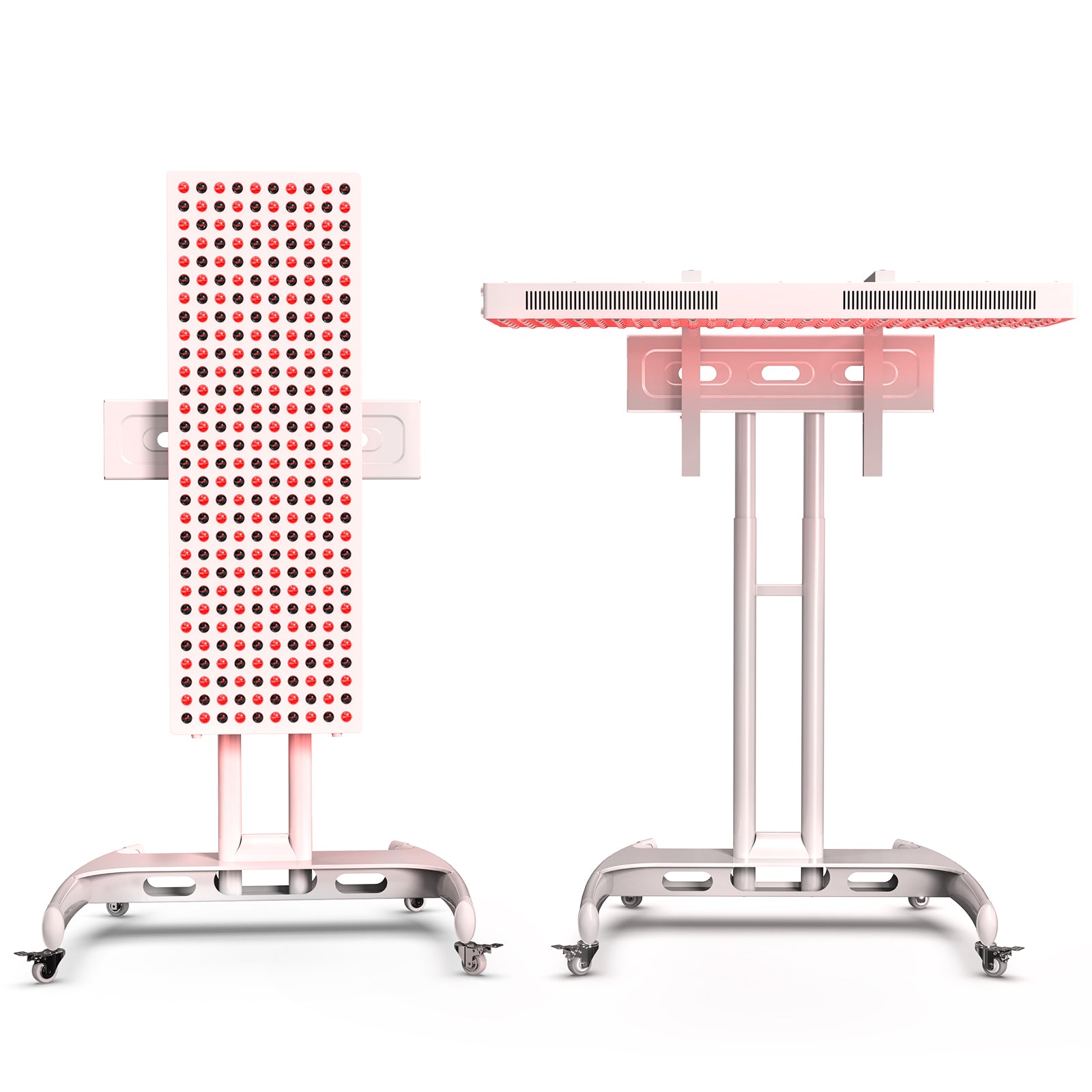
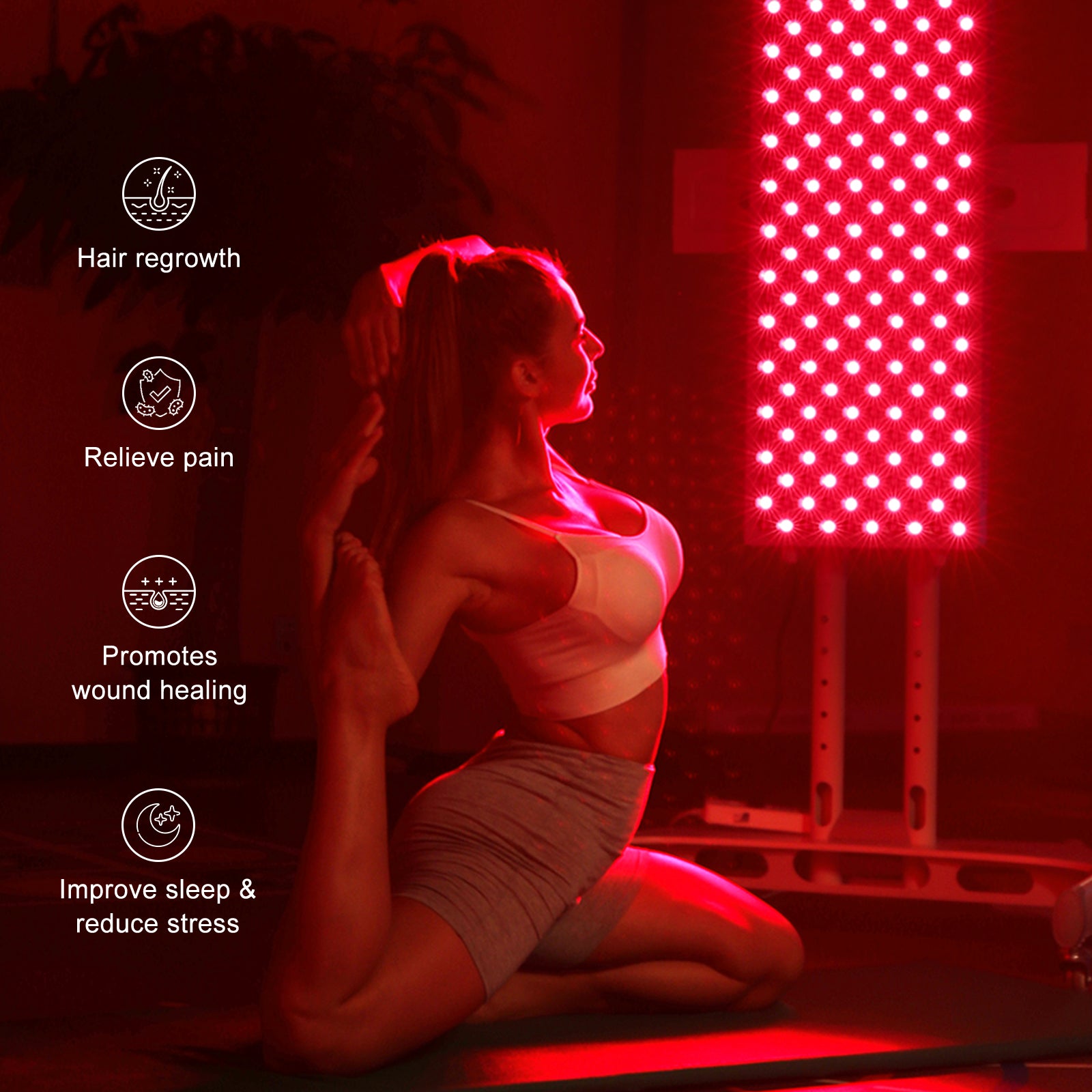
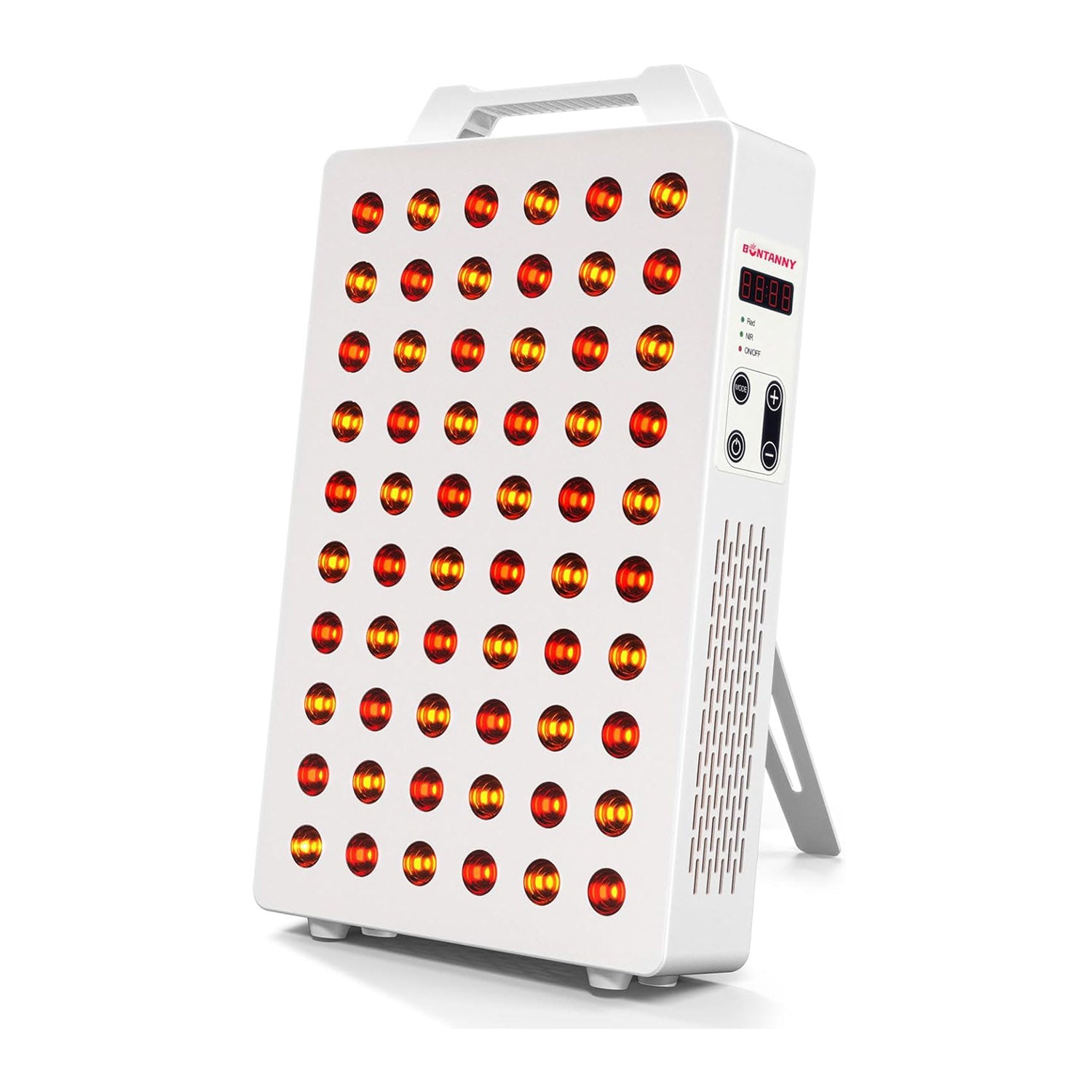
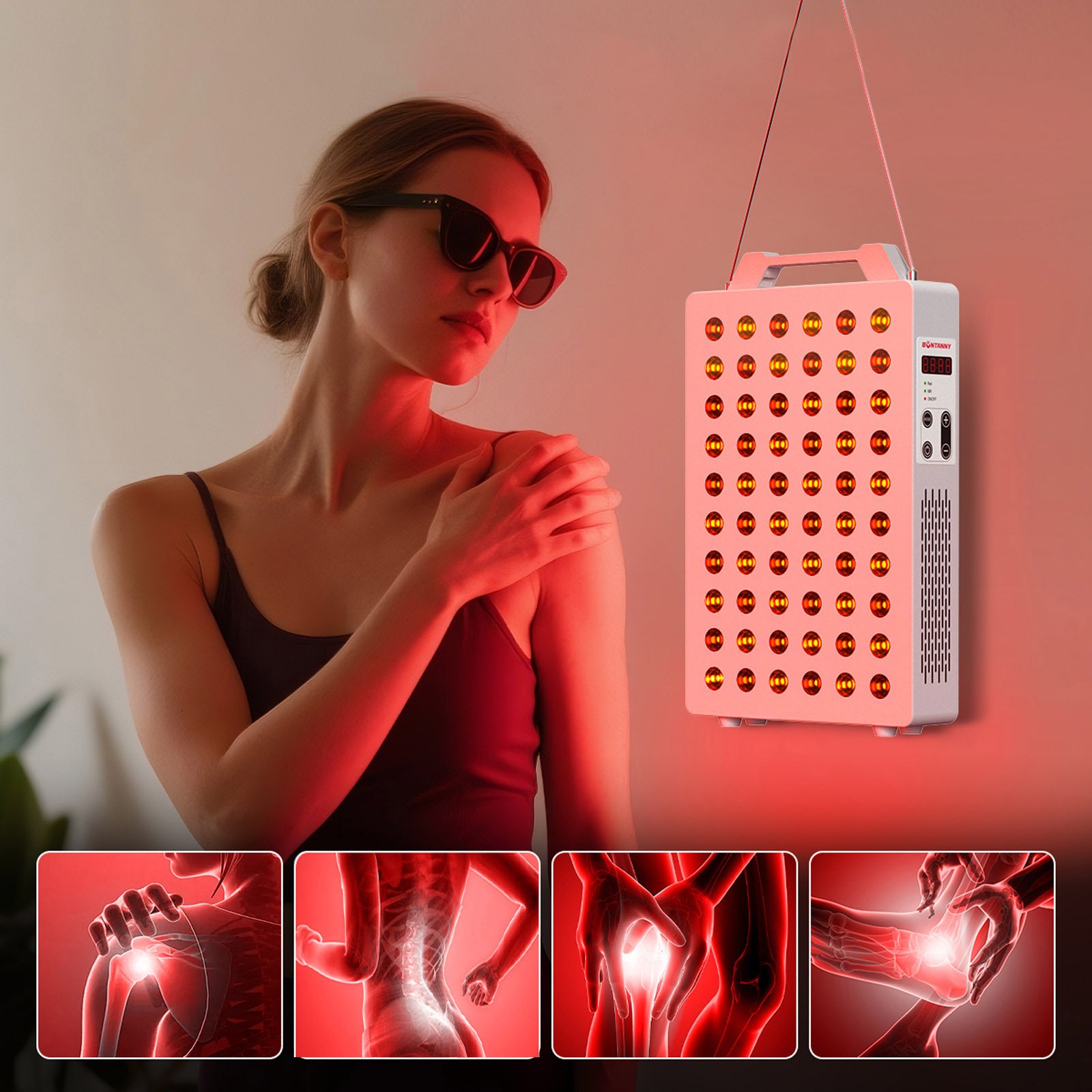
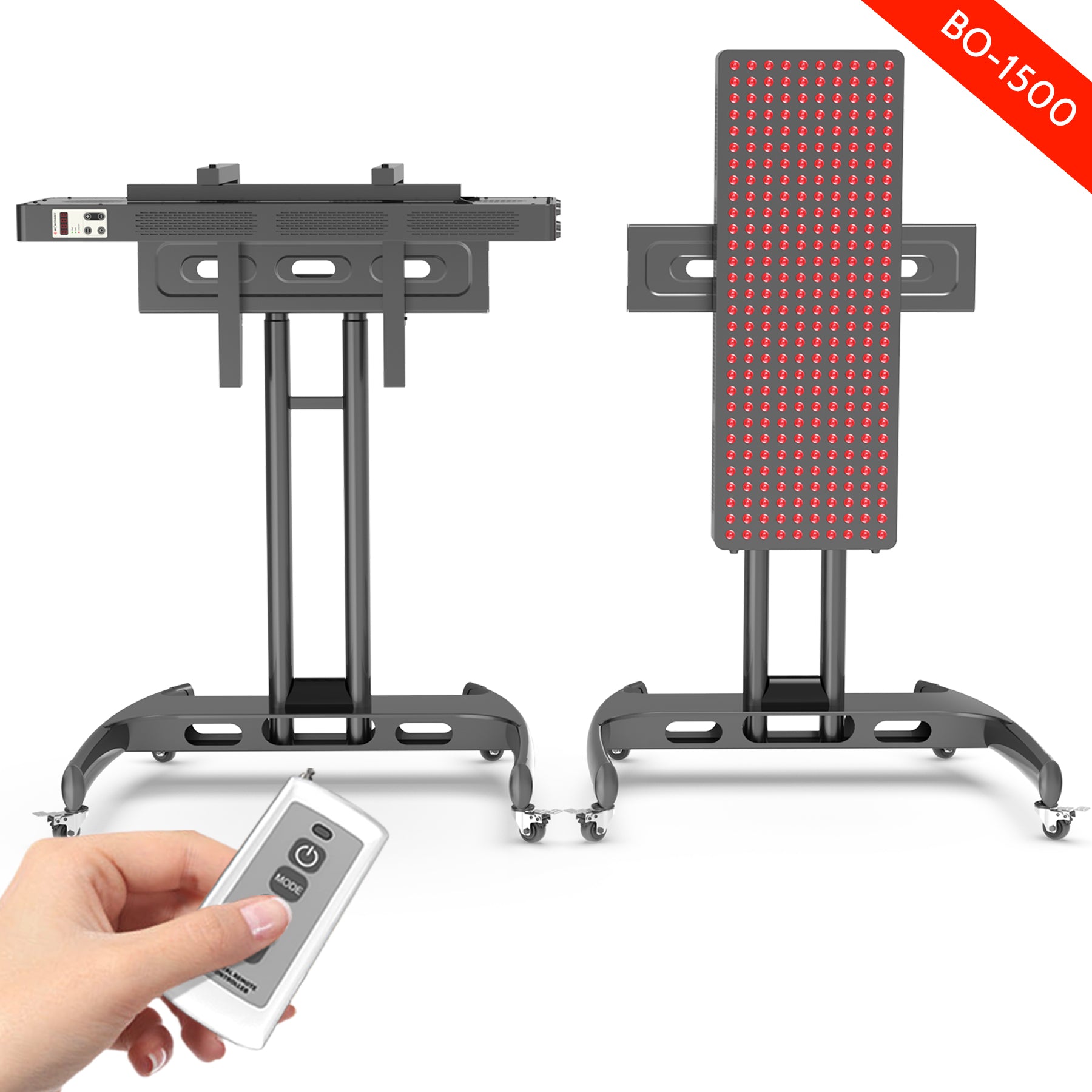
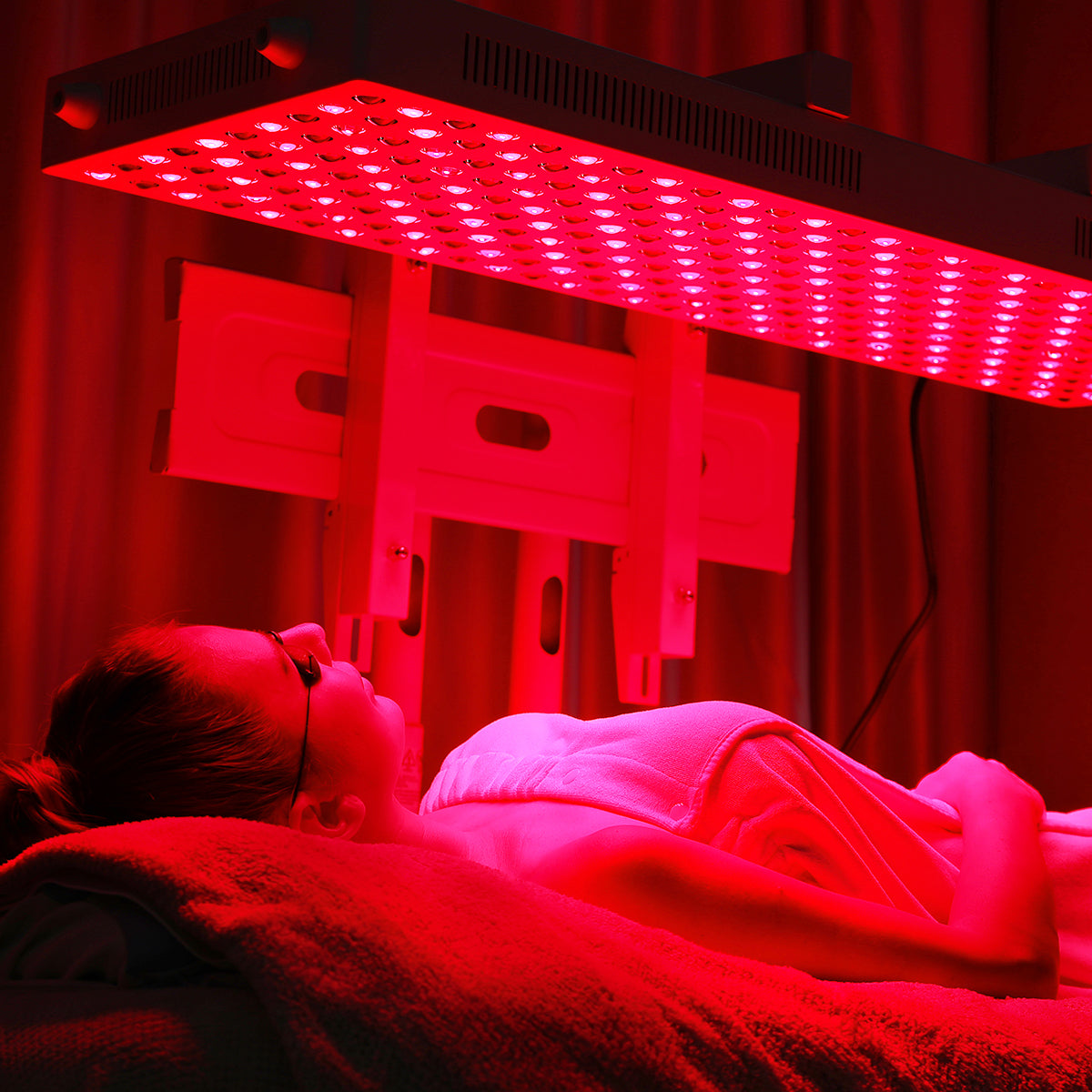
Leave a comment
This site is protected by hCaptcha and the hCaptcha Privacy Policy and Terms of Service apply.